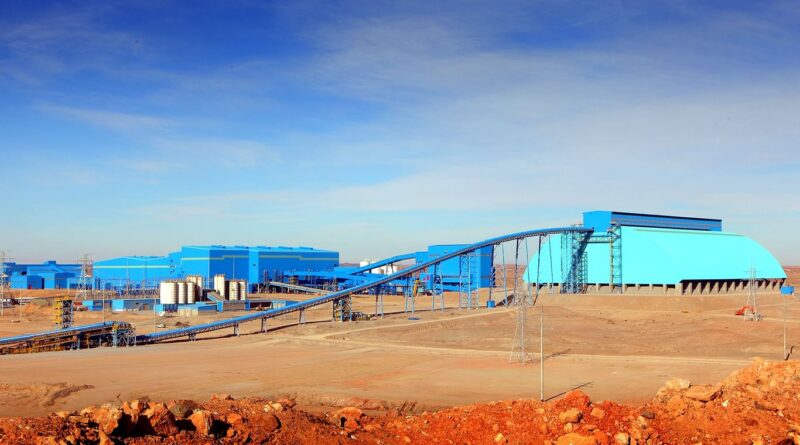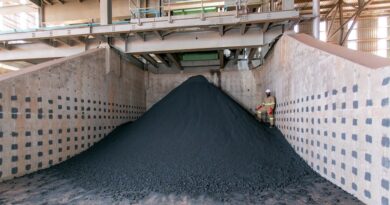Rio Tinto announces operational highlights for Q1 2022
Pilbara operations had a challenging first quarter, as expected. Rio Tinto produced 71.7 million tonnes (100% basis), 6% lower than the first quarter of 2021. Pilbara shipments in the first quarter were 71.5 million tonnes (100% basis), 8% lower than the first quarter of 2021.
Rio Tinto expects increased production volumes and improved product mix in the second half with the commissioning and ramp up of Gudai-Darri, commissioning of the Robe Valley wet plant and improved mine pit health. Full year shipments guidance remains unchanged.
Bauxite production of 13.6 million tonnes was in line with the first quarter of 2021 with similar wet weather disruptions as the corresponding period.
Aluminium production of 0.7 million tonnes was 8% lower than the first quarter of 2021 due to reduced capacity at Rio Tinto Kitimat smelter in British Columbia following the strike which commenced in July 2021.
Preparations continue for the Kitimat smelter to progressively restart from June 2022 with full ramp up expected by the end of the year. All Rio Tinto’s other smelters continued to have stable performance, despite considerable challenges related to unplanned employee absences due to COVID-19.
Mined copper production of 125 thousand tonnes was 4% higher than the first quarter of 2021 due to higher recoveries and grades at Kennecott, partly offset by lower grades at Oyu Tolgoi and lower throughput at Escondida. On 1 April, a new five-year Collective Bargaining Agreement had been reached with unions representing approximately 1,300 employees at the Kennecott operation.
On 25 January Rio Tinto reached agreement with Turquoise Hill Resources and the Government of Mongolia to move the Oyu Tolgoi project forward, resetting the relationship between the partners and increasing the value the project delivers for Mongolia. This step unlocks the most valuable part of the mine, with first sustainable production expected in the first half of 2023.
On 14 March, Rio Tinto made a non-binding proposal to the Turquoise Hill Board to acquire the approximately 49% of the issued and outstanding shares of Turquoise Hill that Rio Tinto does not currently own. The proposed acquisition price is C$34 per share which values Turquoise Hill minority shareholdings at US$2.7 billion.
Titanium dioxide slag production of 273 thousand tonnes was 2% lower than the first quarter of 2021 as a result of equipment reliability issues at Rio Tinto Fer et Titane (RTFT), Canada, partly offset by continuing ramp up at Richards Bay Minerals (RBM) in South Africa. On 18 March, Rio Tinto announced the lifting of force majeure on customer contracts at RBM, that had been in place since 30 June 2021.
Production of pellets and concentrate at Iron Ore Company of Canada (IOC) was 3% higher than the first quarter of 2021, which was impacted by mine feed constraints. There is good progress on the initiation of Rio Tinto Safe Production System (RTSPS) at the concentrator.
On 29 March, Rio Tinto announced the completion of the acquisition of the Rincon lithium project for $825 million, following approval from Australia’s Foreign Investment Review Board. Rincon is a large undeveloped lithium brine project located in Argentina – the heart of the Latin American lithium triangle.
In the first quarter, Rio Tinto initiated seven more deployments of the RTSPS at five sites focusing on sustainably unlocking capacity across the Rio Tinto system. Rio Tinto is already seeing promising results for example at West Angelas achieving the best effective utilisation of its production drills across Pilbara iron ore.
On 6 March, Rio Tinto announced that we had reached a settlement with the Australian Securities and Investment Commission (ASIC) regarding the disclosure of the impairment of Rio Tinto Coal Mozambique, which was reflected in Rio Tinto’s 2012 year-end accounts. As part of this court approved settlement between ASIC and Rio Tinto, there were no findings of fraud or any systemic or widespread failure by Rio Tinto.




